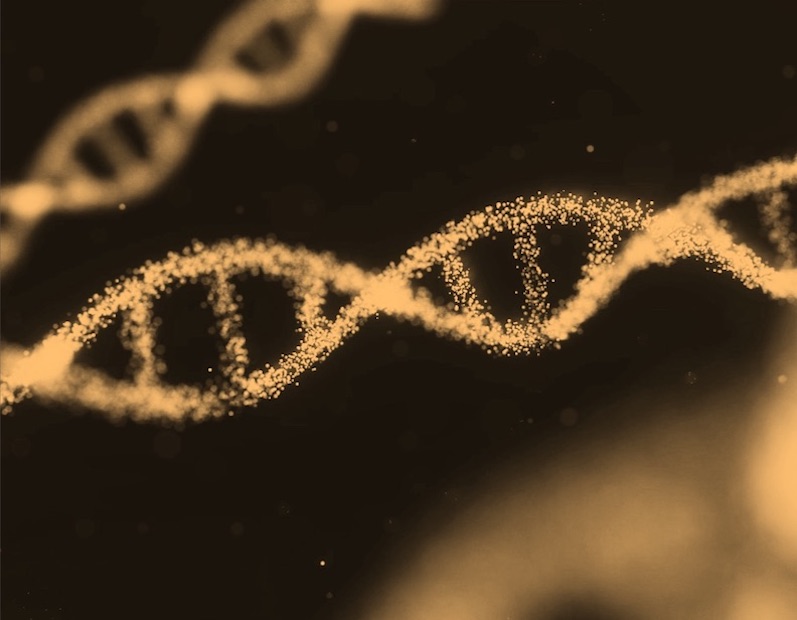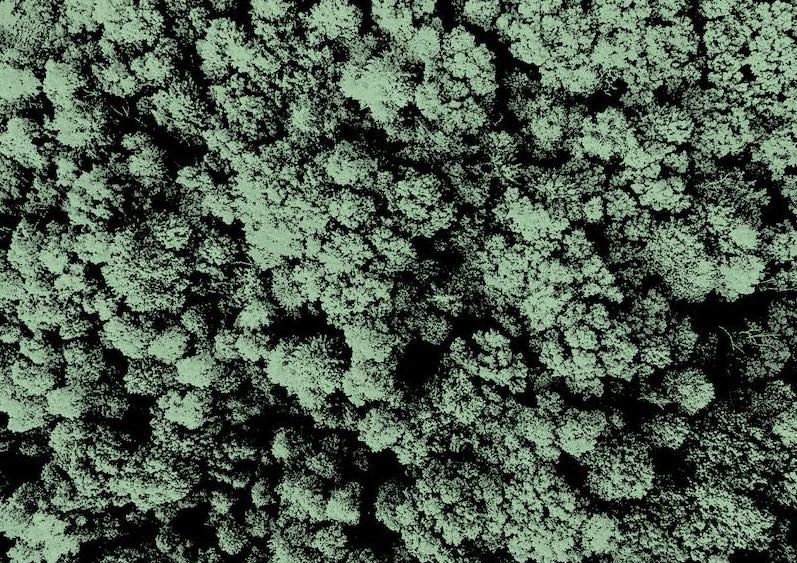What is it about?
The new method lectin-immunoassays were established for the investigation of PSA fucosylation by measuring the fluorescence of Eu(III)-chelate-labeled nanoparticles by microplateflourometer. To the identification of Fucα1-6/3GlcNAc carbohydrates on PSA surface, the lectin-immunoassays using free PSA specific monoclonal antibody as capture and AAL coupled with Eu(III)-chelate labeled nanoparticles using as a probe for detecting fPSA, these methods compared with conventional immunoassay ELISA
Featured Image
Why is it important?
A new method with high sensitivity and specificity was evaluated to discriminate between prostate cancer patients (PCA) and benign prostatic hyperplasia (BPH) depend on the variations in PSA fucosylation (Fucα1-6/3GlcNAc carbohydrates) by using Aleuria aurantia lectin (AAL).
Perspectives
Clinically, tests with enhanced analytical methods enhance the sensitivity and medical specificity of the fPSA in the diagnosis of prostate cancer patients (PCA) and benign prostatic hyperplasia (BPH) limiting the unnecessary interventions and costs.
Omar F. Abdul-Rasheed
Al-Nahrain University
Read the Original
This page is a summary of: Evaluate the fPSA for Discriminate between Prostate Cancer Patients (PCa) and Benign Prostatic Hyperplasia (BPH) Depending on PSA Fucosylation by Using Nano-Lectin Immunoassay, Systematic Reviews in Pharmacy, June 2020, SynthesisHub Advance Scientific Research,
DOI: 10.31838/srp.2020.5.60.
You can read the full text:
Contributors
The following have contributed to this page







